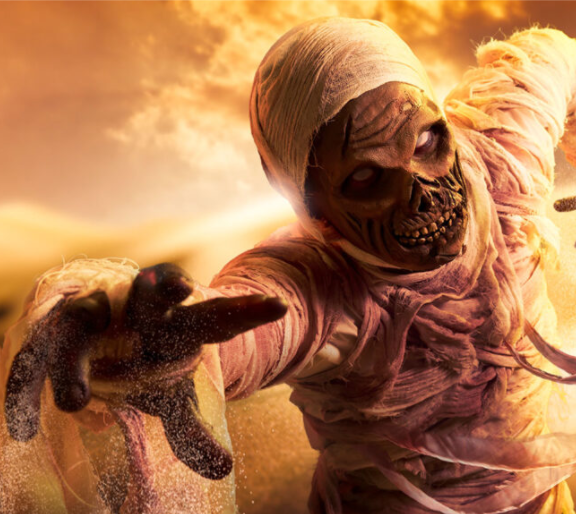One chapter of my book Strange But True: 10 of the world’s greatest mysteries explained explores the curse of Tutankhamen. When people opened the ancient boy king’s tomb, did they awaken a curse that led to many of their deaths? As I describe in my book chapter, the curse wasn’t real. The media created it out of one coincidental death and a general fear of mummies that already existed. The tomb was exciting news and most media outlets weren’t allowed inside. So they had to write about something.
But there was one thing I never addressed in that chapter or the rest of the book — how to tell the difference between a coincidence and events that are actually connected. The only way to do it is to use statistics and probability.
My new article explores how statistics and probability can reveal real connections or debunk fake ones.
What the mummy’s curse reveals about your brain
Science News for Students, January 14, 2021
This was a tough article to write. It took me a long time to get started, and even then it didn’t feel like it hung together as a complete story until the very end. But I think it’s one of the best ones I’ve written.
My Science of Ghosts story really hit a nerve with kids — it shows up on the Science News for Students “What’s Hot” list of most-viewed stories every single day. I hope this one has as much staying power!


